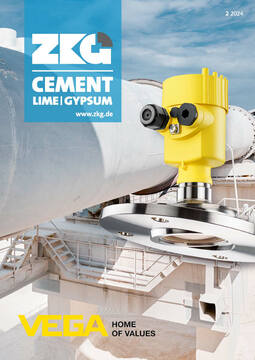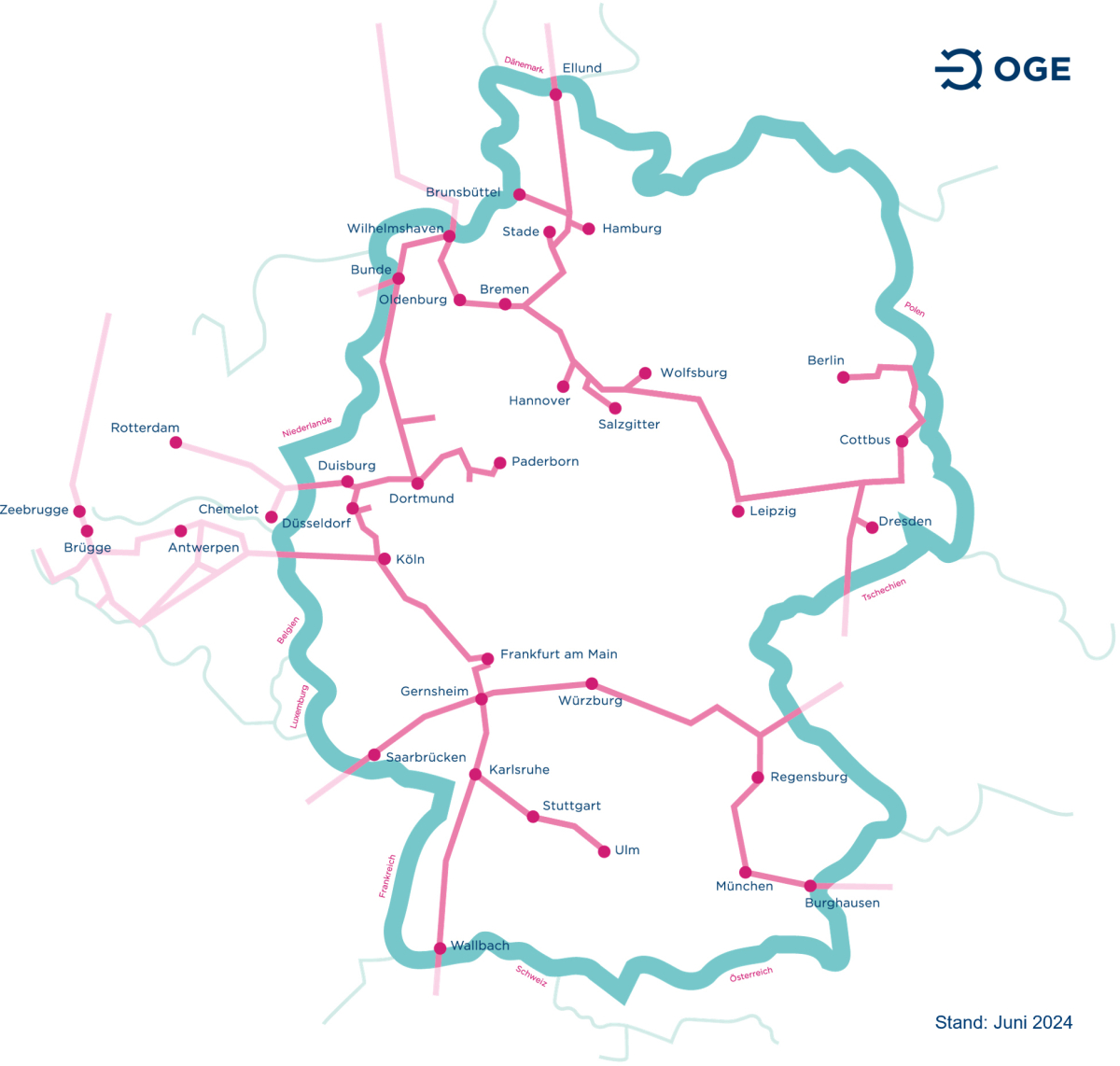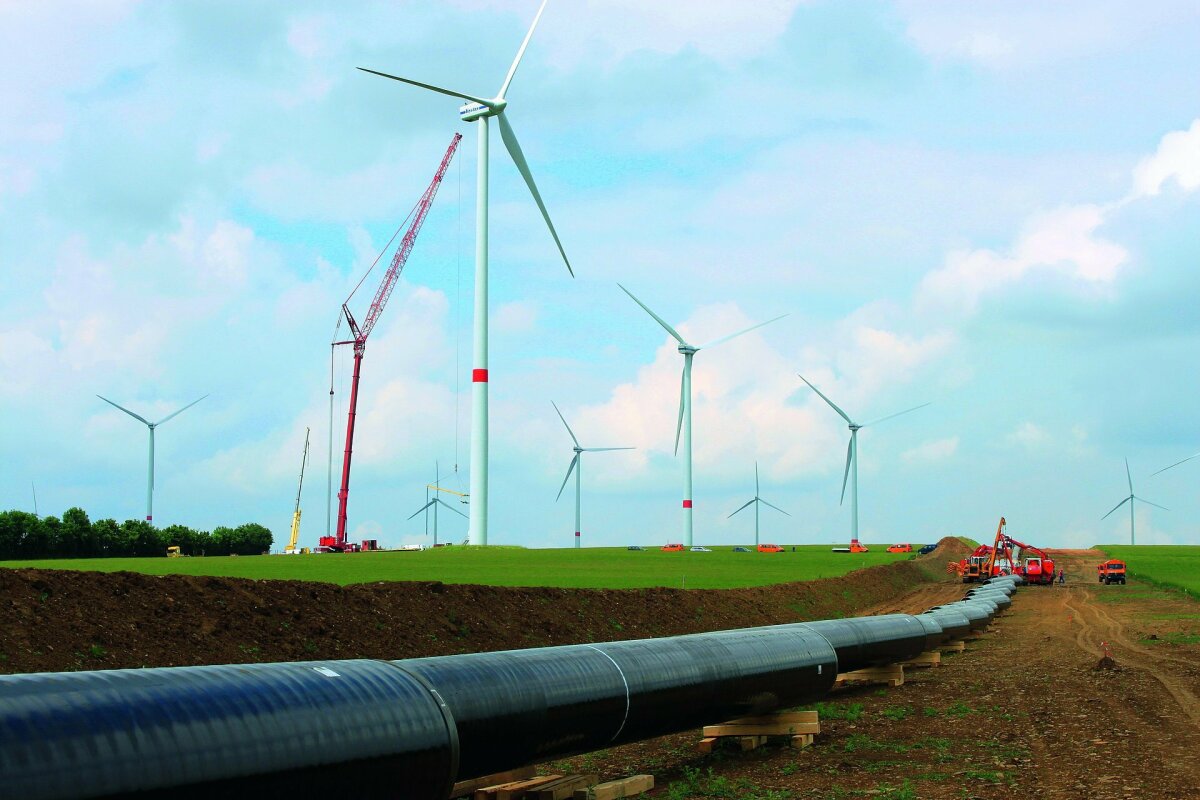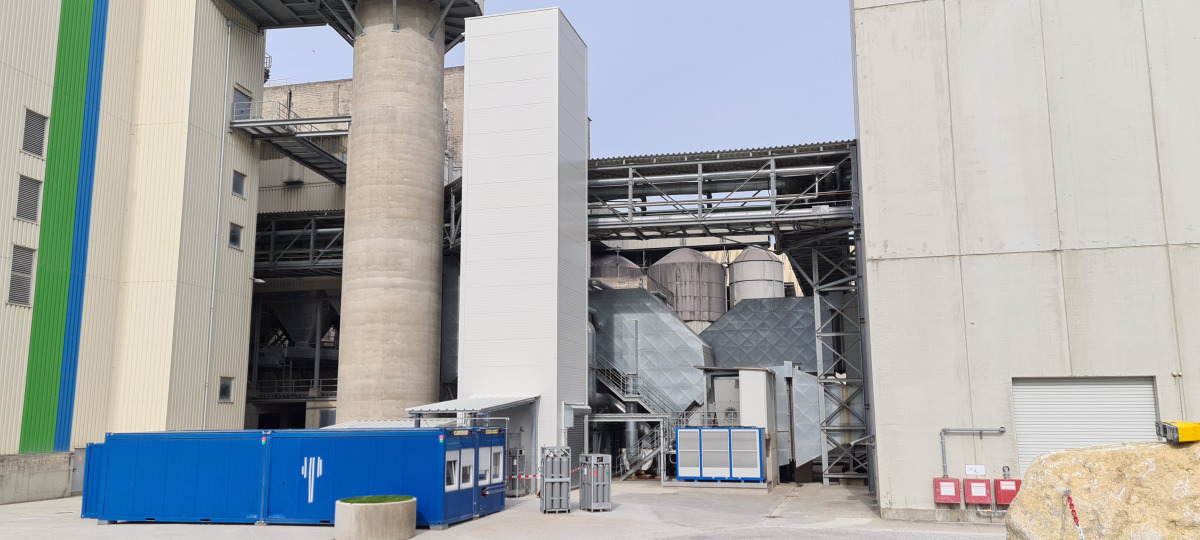VDZ study on requirements for a CO2 transport infrastructure in Germany
When it comes to decarbonizing the cement and lime industries and waste incineration, there is no way around CO2 capture, storage and use due to the high proportion of unavoidable CO2 emissions. “The development of a CO2 infrastructure in Germany is essential for these industries,” says Christian Knell, President of the German Cement Works Association (VDZ). And time is pressing: Cement manufacturers and other industries in the EU emissions trading scheme must produce in a largely climate-neutral way by 2040. “To achieve this, companies need a CO2 pipeline network by 2035 at the latest,” continues Knell. In a study, VDZ has investigated what a German CO2 pipeline network could look like and what requirements there are for the CO2 infrastructure.
With the study “Requirements for a CO2 infrastructure in Germany – prerequisites for climate neutrality in the cement, lime and waste incineration sectors”, VDZ presents the unavoidable CO2 emissions to be expected and analyzes how the short, medium and long-term CO2 transport requirements in the three sectors will develop and how a CO2 infrastructure should be designed.
The timeframe for the development of CO2 capture is crucial for transportation requirements. “Many cement manufacturers are in the starting blocks with their CO2 capture projects – what is missing is the national legal framework and a suitable transport infrastructure,” emphasizes VDZ Managing Director Dr Martin Schneider.
In the central scenario of the study, climate neutrality in the three sectors under consideration results in an annual CO2 transport requirement of 6.5 million t in 2030, around 13 million t in 2035 and around 35 million t in 2040. The total quantity increases to 46 million t by 2045 because the biogenic CO2 share is also captured, so that ultimately even negative emissions are achieved. Additional quantities for transit from the neighboring countries of Austria, Switzerland and France amounting to 15 to 20 million t of CO2 per year must also be taken into account from 2035.
The rapid development of a CO2 pipeline network by 2035 at the latest will enable cumulative CO2 savings of around 500 million t of CO2 over 20 years in the sectors under consideration. It is worth noting that if the start of pipeline transport is significantly delayed, cumulative savings of only around 230 million t of CO2 could be achieved. In this case, around 270 million additional t of CO2 would be released into the atmosphere and climate neutrality in 2045 would not be achieved.
The analysis clearly shows that in the medium and long term, the majority of CO2 transportation will have to be carried out by pipeline in view of the expected volumes. “The early establishment of a CO2 pipeline network is crucial for this. The first project announcements have been made by network operators, on the basis of which this study shows a perspective for a Germany-wide CO2 network,” explains Manuel Mohr, project manager of the study at VDZ. In certain cases, however, the train and possibly the ship will also play a relevant role, as the scenarios under consideration show.
There are different technical requirements for each of the transport options, which have a direct impact on the economic efficiency of the transport chain. Another key factor is the timely connection of the sites to the CO2 infrastructure. Considerable investments in the loading infrastructure at the sites are also required, particularly for rail and ship transportation.
In addition to CO2 transport, the required capacity of CO2 sinks is a key factor for the rapid development of CO2 capture over time. Numerous storage projects are currently being planned and developed in other European countries, meaning that significant storage capacities can currently be expected from the 2030s - provided that these are implemented as planned. “Germany is also called upon to contribute to the development of a European storage infrastructure and to take responsibility for its own CO2 emissions. The draft of the Carbon Dioxide Storage and Transport Act (KSpTG) is promising in this respect, as it is intended to enable offshore storage in Germany and pipeline transport,” says Schneider.
The VDZ study estimates the investment requirement for the construction of the identified German CO2 pipeline network with a length of 4800 km at around € 14 billion. This results in calculated costs for pipeline transportation of 25 to 35 €/t CO2. For CO2 transportation by rail for distances of more than 500 km, costs of 35 to 60 €/t CO2 are expected. These costs may also be lower for shorter transportation distances.
In addition to building the infrastructure, the energy requirements are also considered. “CO2 capture is generally very electricity-intensive. This is why the demand for renewable energy for climate-neutral cement and lime production will increase almost fourfold from the current level - from 4.7 TWh to around 17 TWh in 2045,” emphasizes Schneider. The thermal energy demand in the three sectors will increase by almost 100000 TJ or 20% compared to the status quo.
“However, building a CO2 infrastructure is not just a technical challenge. Above all, social and political support and the necessary legal framework for rapid implementation are crucial prerequisites. This must be in place by the end of 2024 at the latest if the projects for CO2 capture in the industries are to be implemented as planned,” emphasizes VDZ President Knell.
The entire VDZ study “Requirements for a CO2 infrastructure in Germany” is available to download free of charge at www.vdz-online.de/zementindustrie/klimaschutz/co2-infrastruktur.






